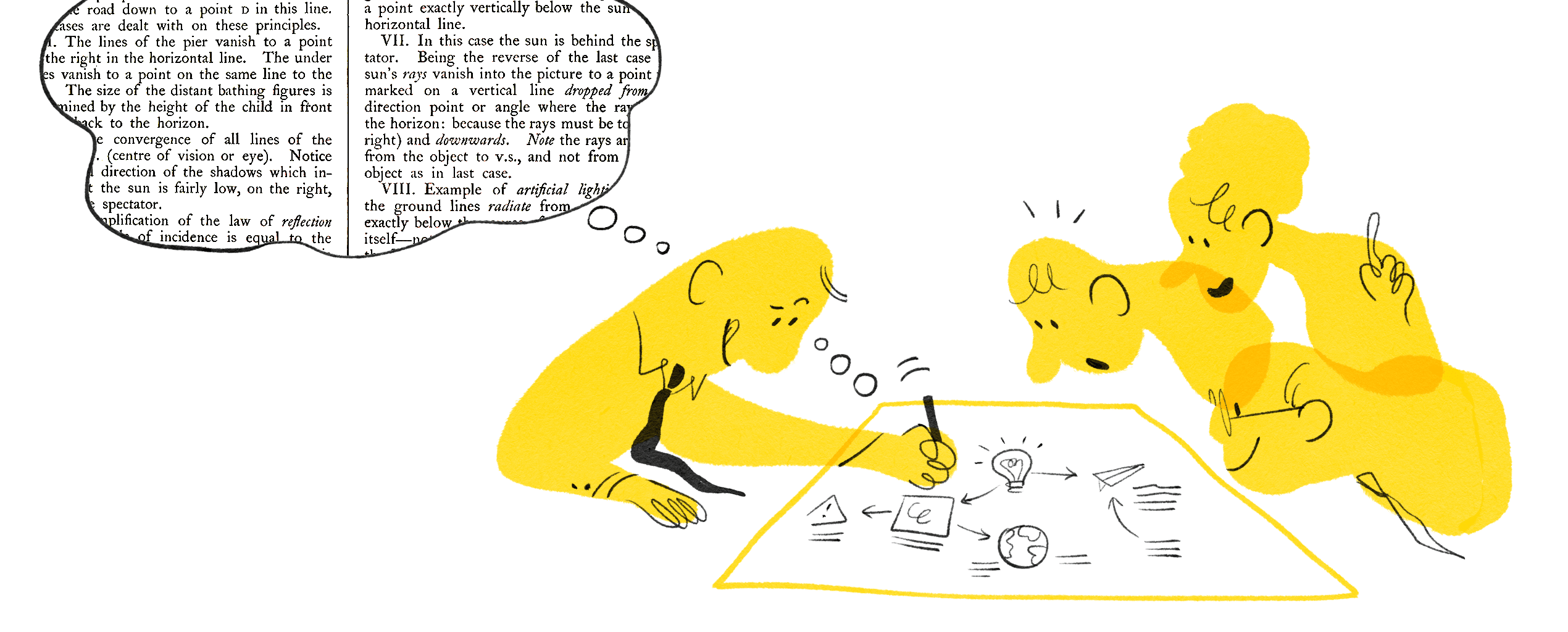Yes please, do draw me a picture
Long before writing was invented, cavemen used hand-drawn sketches to tell stories. This practice evolved when the Egyptians started depicting meanings as pictograms in their hieroglyphs.
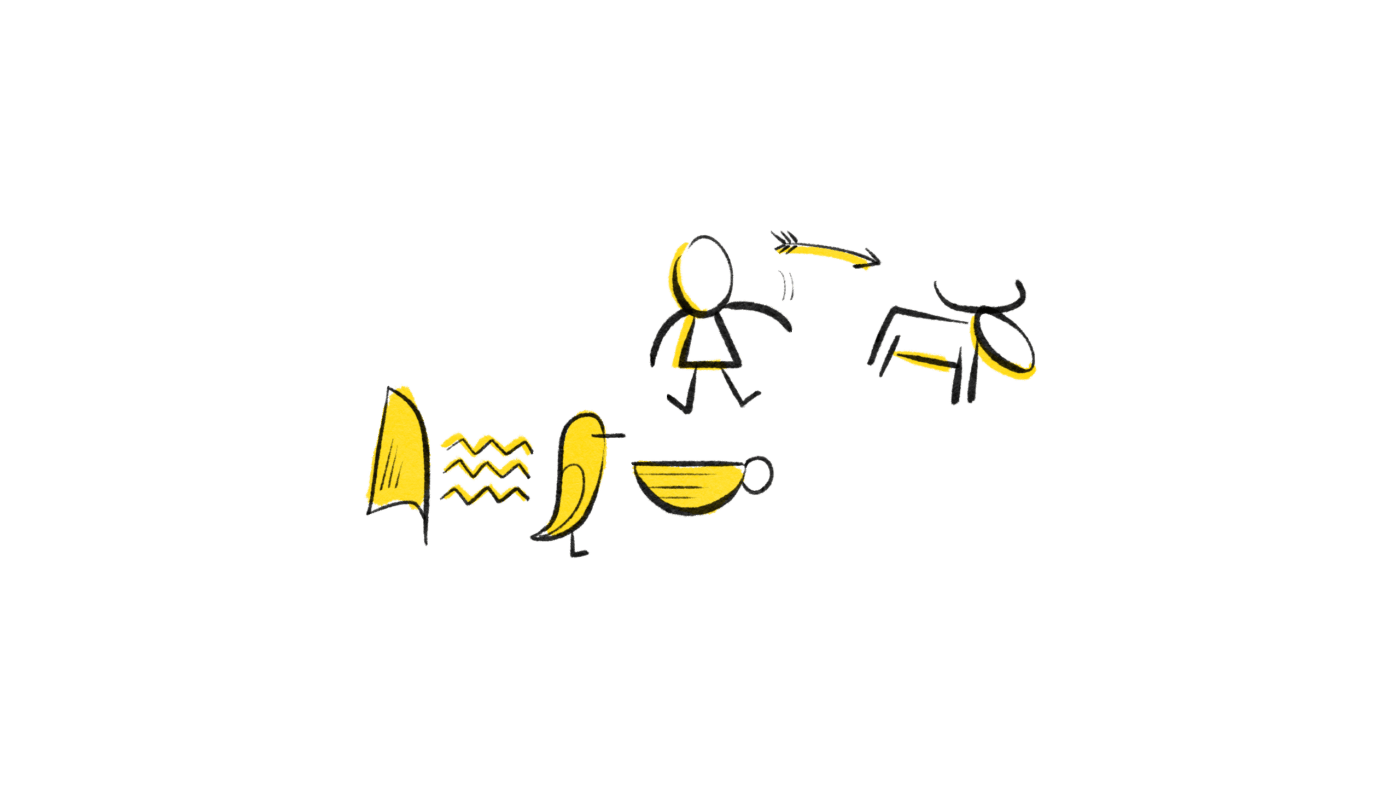
Did it change?
Just look at the success of emojis to measure the extent to which drawings are still an integral part of our ways of communicating.
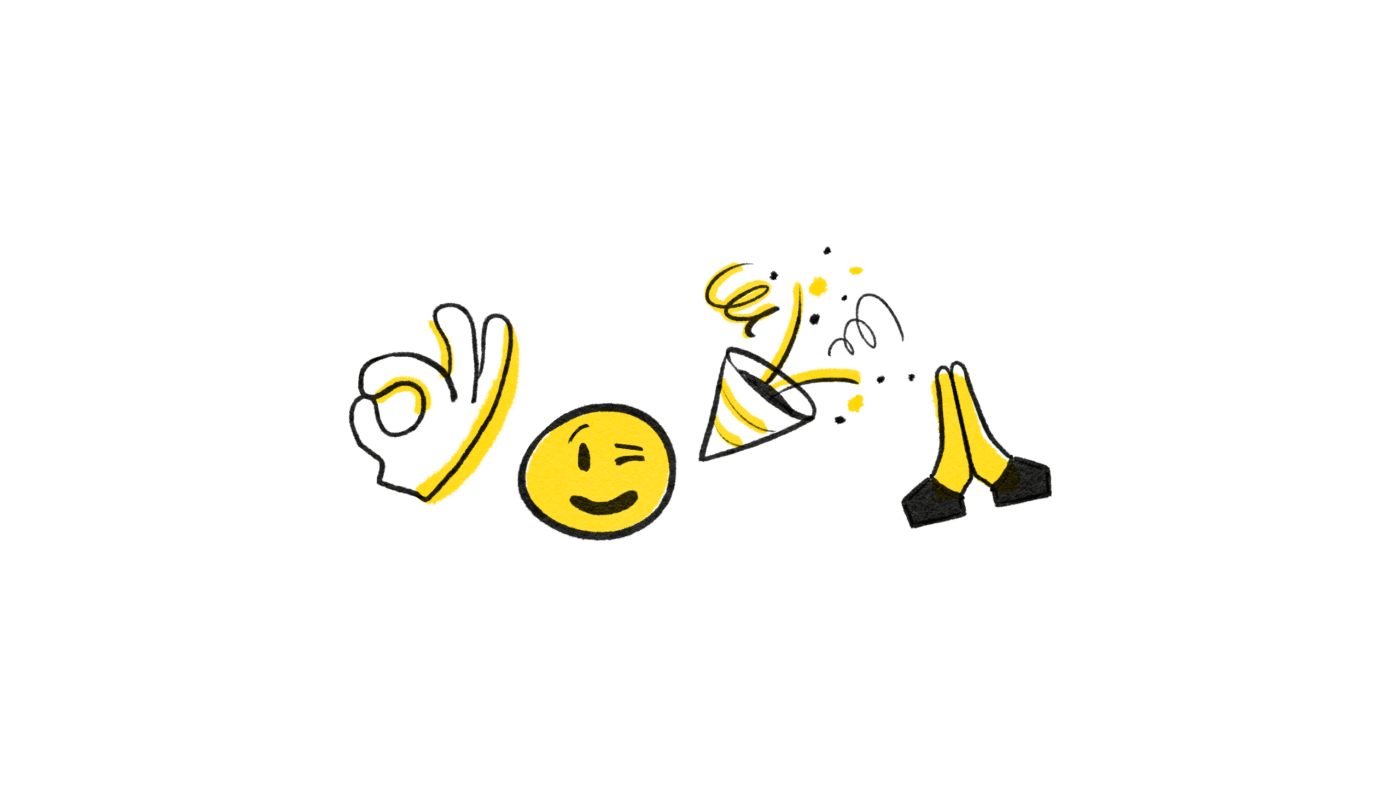
Drawings help us get messages across better than words alone. The presence of drawings does not mean that a presentation or text is flawed. Quite the opposite. It signals a desire to convey a message in a more comprehensive way. A way that is clear, that appeals to emotions, and that speaks all languages.
Specifically within organisations, drawings are useful in that they capture and express the essence of things.
Getting to the essence of things is an activity that much resembles peeling an onion. Or pruning. It means removing everything that is not directly relevant to the item at hand. Getting to the simplest elements. Until you reach the point where, if you keep trimming, you jeopardise anyone’s ability to understand anything. This is when you start drawing.
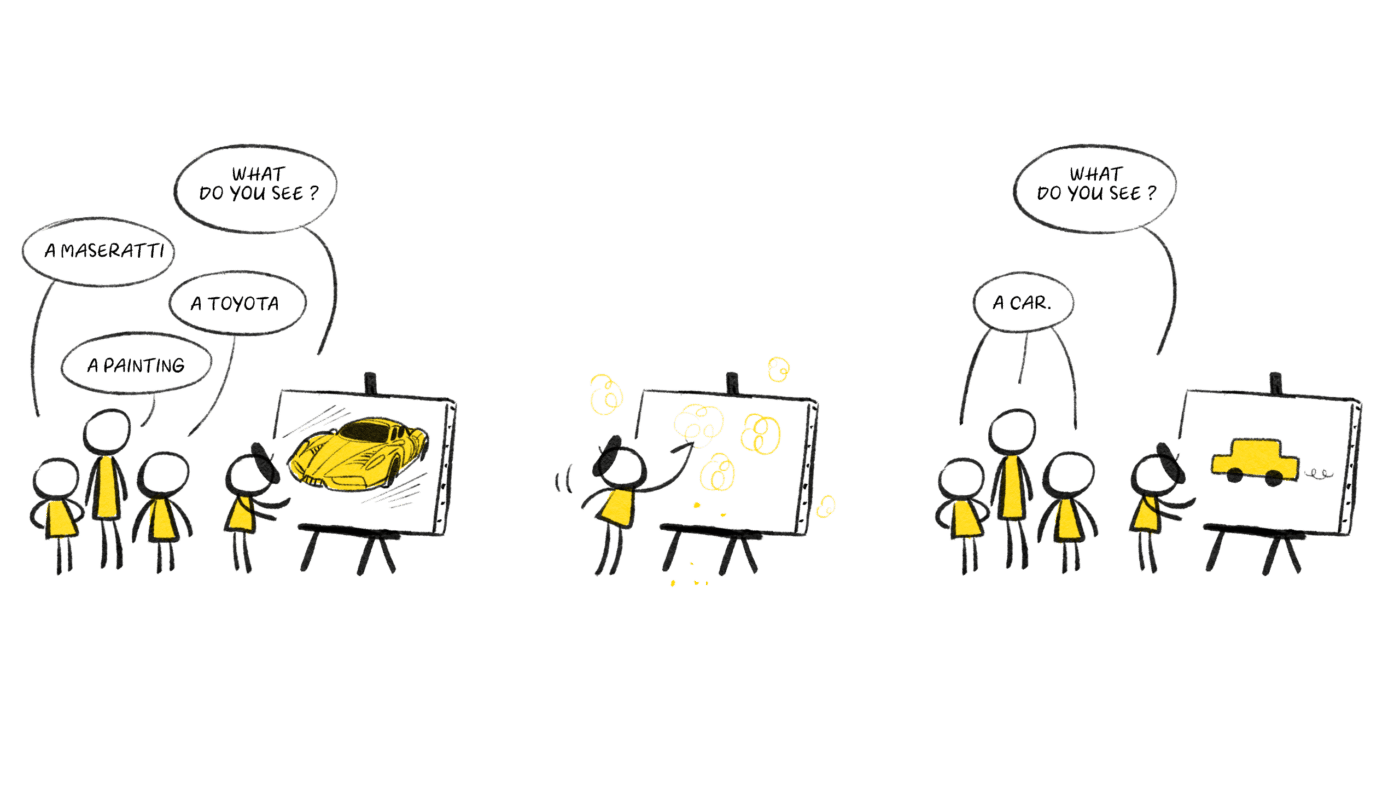
Why draw?
Once you’ve captured the essence in a drawing, you’ve set yourself up in good stead to ensure that your meeting produces concrete results. Drawings will help you better explain your ideas. They will allow your team to agree on the same representation of reality. They will help you bring ideas to life to test them. To see things differently when you start running in circles. And to better remember information.
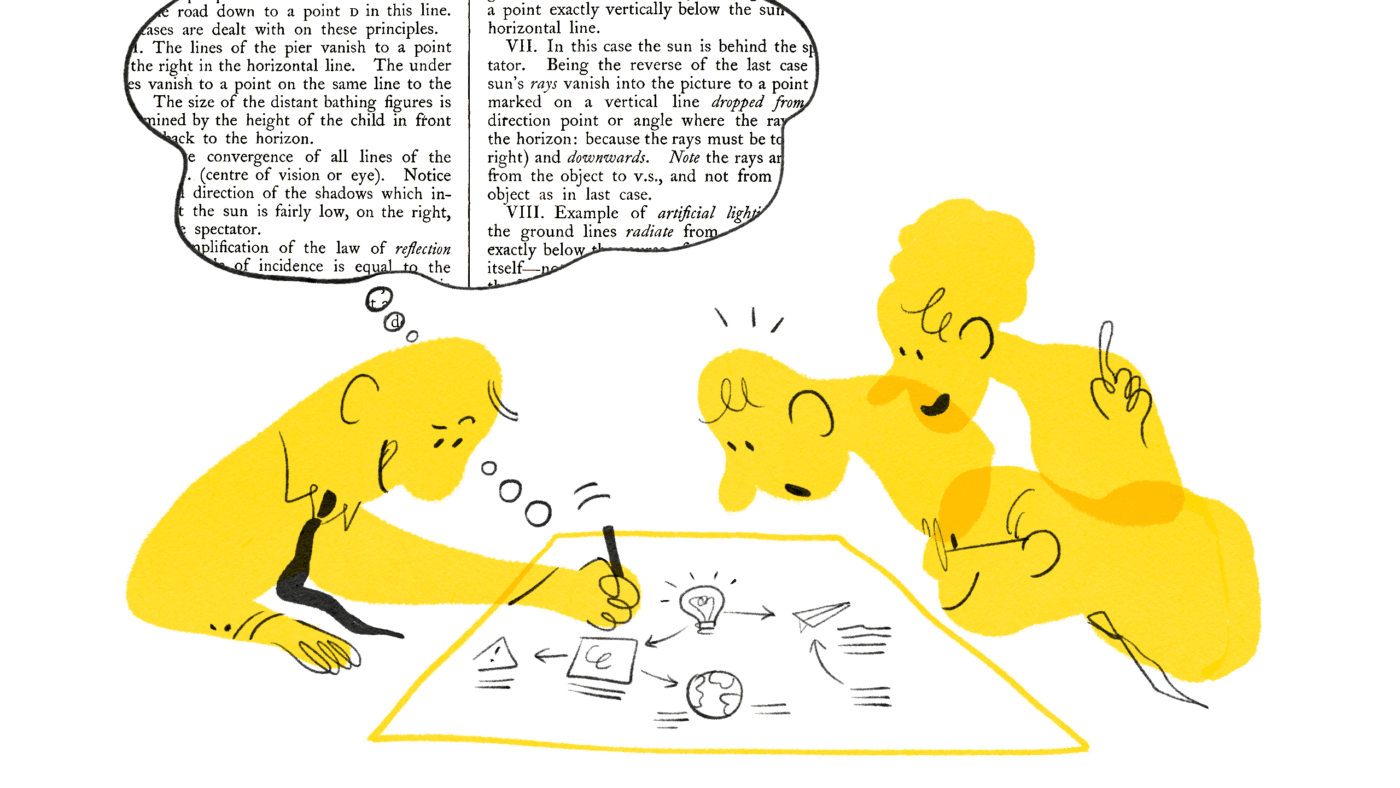
Drawings help to explain better
Drawings can capture an idea, or a set of ideas, in a way that clarifies in an instant what may be difficult to express with words.
A drawing is a simplification of the world around us. What we see is processed by our brain and by drawing it, we stylise it. We extract the essence to convey the essential.
This stylisation, or simplification if you will, allows us to deliver a more synthetic and clearer message to an audience.
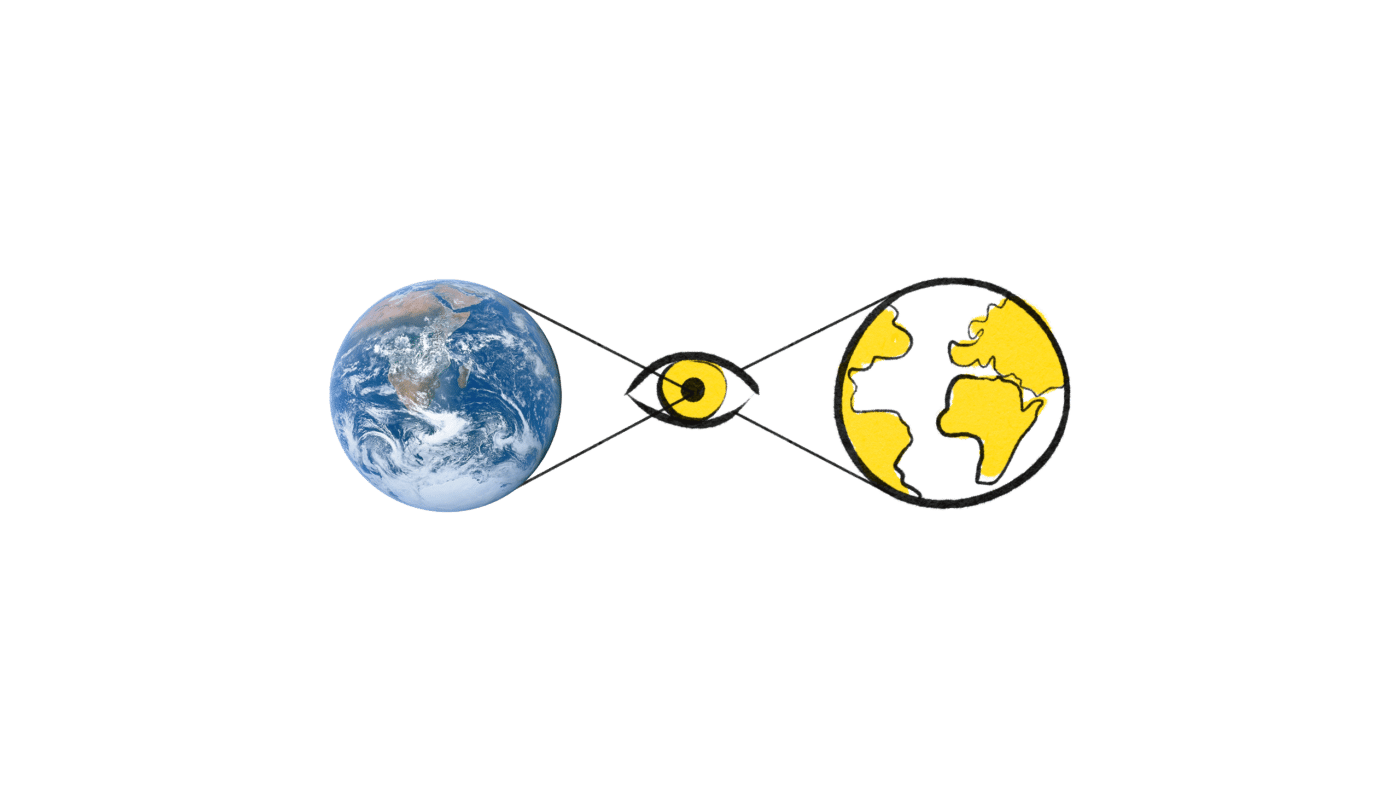
Drawings get us on the same page
A drawing gets everyone to agree on one depiction of reality.
Take an organisation chart, for example. Few things are as vague as the description of an organisation chart without a visual to back it up. With a visual, the description becomes crystal clear. You can even use the visual as a starting point for a discussion.
Drawings encourage consensus, whether it’s sharing the same representation of an idea or conveying messages between different cultures.
Every language is different, but drawings know no borders. The sound a rooster makes is very different from one language to another. But the drawing of a rooster cackling can be understood everywhere.
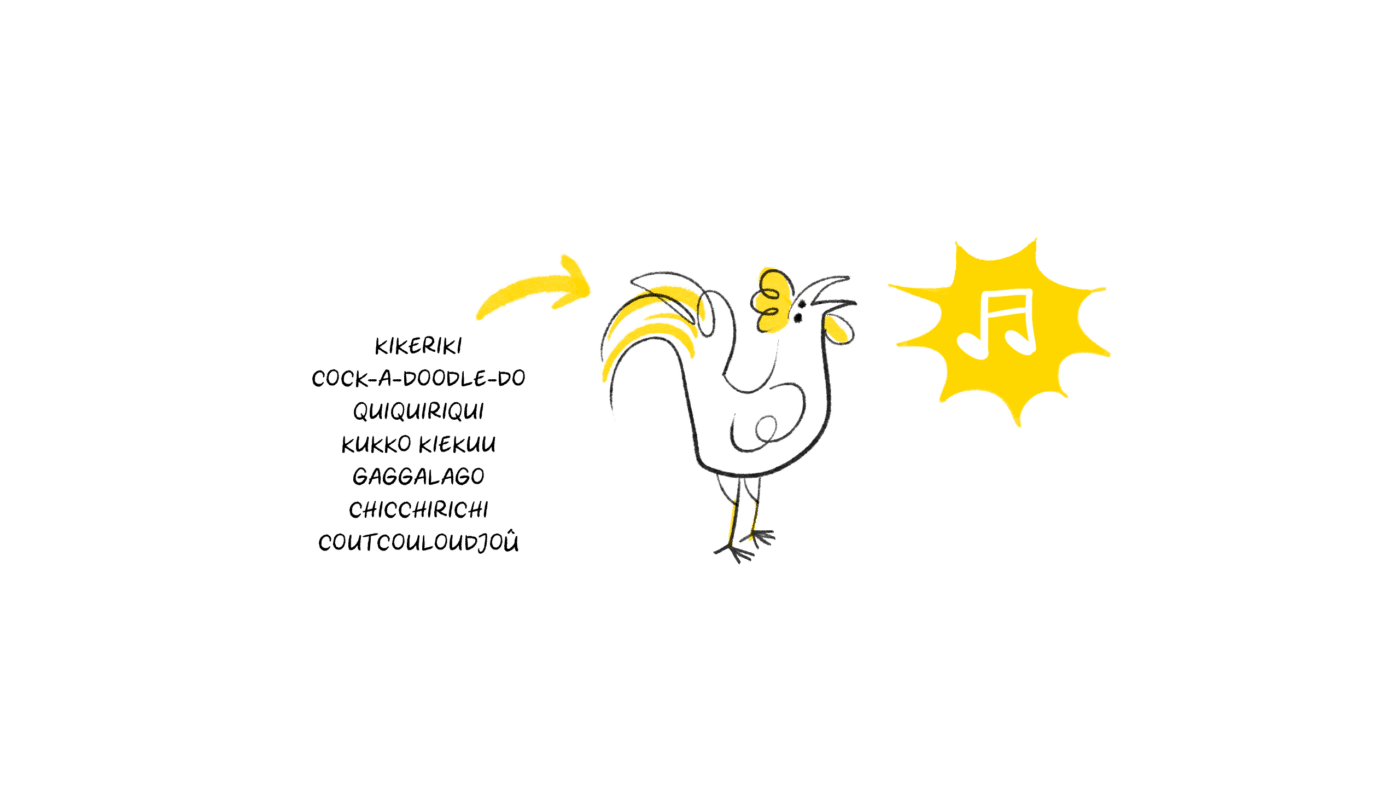
Drawings are agile
A pen and a piece of paper are enough to lay down the foundations of an idea. A new strategy, for example. Or a new product. Once you’ve sketched out your idea, be it in the form of a map, you’ll be able to spot its weaknesses and inconsistencies more easily.
“Fail fast” is one of the most important principles of the agile method. This principle consists of making mistakes early on in a process to limit wasted time and reduce the cost of failure. In some industries, this principle is formalised into a specific phase called rapid prototyping. Which starts with a drawing, really. A drawing that allows you to test your idea, and see where it fails, completely risk-free.
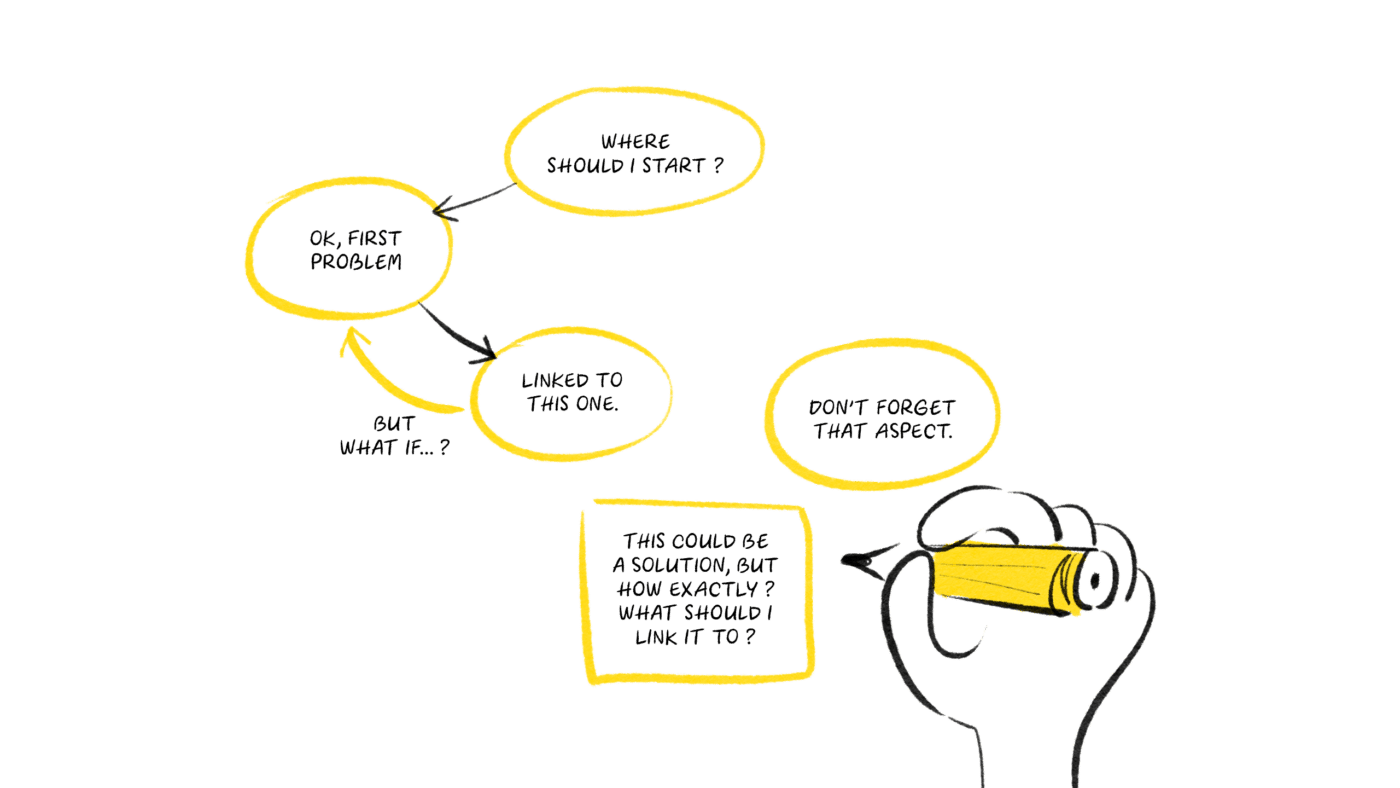
Drawings help us think different
Have you ever experienced this eureka moment looking at a drawing, because you can suddenly see reality differently?
Drawings allow for surprising shifts of perspective on things. Which is exactly the essence of creativity.
Creativity is the capacity to experience what we call a ‘shock of perception’: seeing new patterns in what’s been there all along. Developing this creative capacity requires finding ways to unsettle the mind, enabling it to travel new paths instead of following the usual ones.
Drawings are one of these ways.
Drawings help us remember information
You’ve sketched your idea, you’ve explained it to your team, you’ve all agreed on the same representation of the issue, you’ve tested it in a plausible environment, you’ve failed, and you’ve moved on to a second drawing. You can be sure that your team will remember the two drawings much longer than your explanations.
When information is given orally, there is only a 10% chance the audience remembers it 72 hours later. If you add an image, this figure rises to 65%. This phenomenon is known as the picture superiority effect. And believe us, the figures are rather accurate.
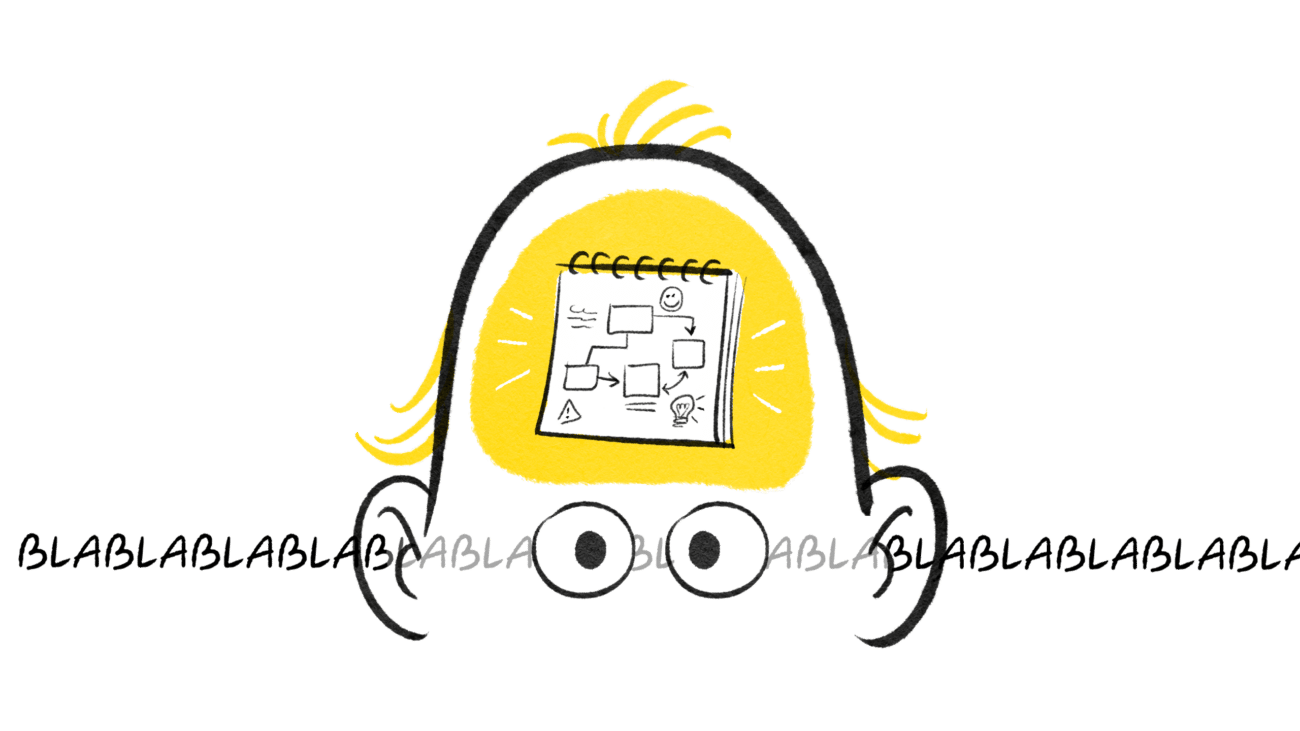
Getting on track
Now that we’ve given you enough good reasons to start drawing, here are a few tips to get you on track.
Getting started
By simply combining squares, circles, and lines, you can draw something anyone can understand.
The goal is not to produce a Caravaggio, but to communicate your ideas.
Start with identifying the essential, most basic elements of your idea. Then draw a sketch. You’ll see, your sketch will be more effective than a complex illustration.
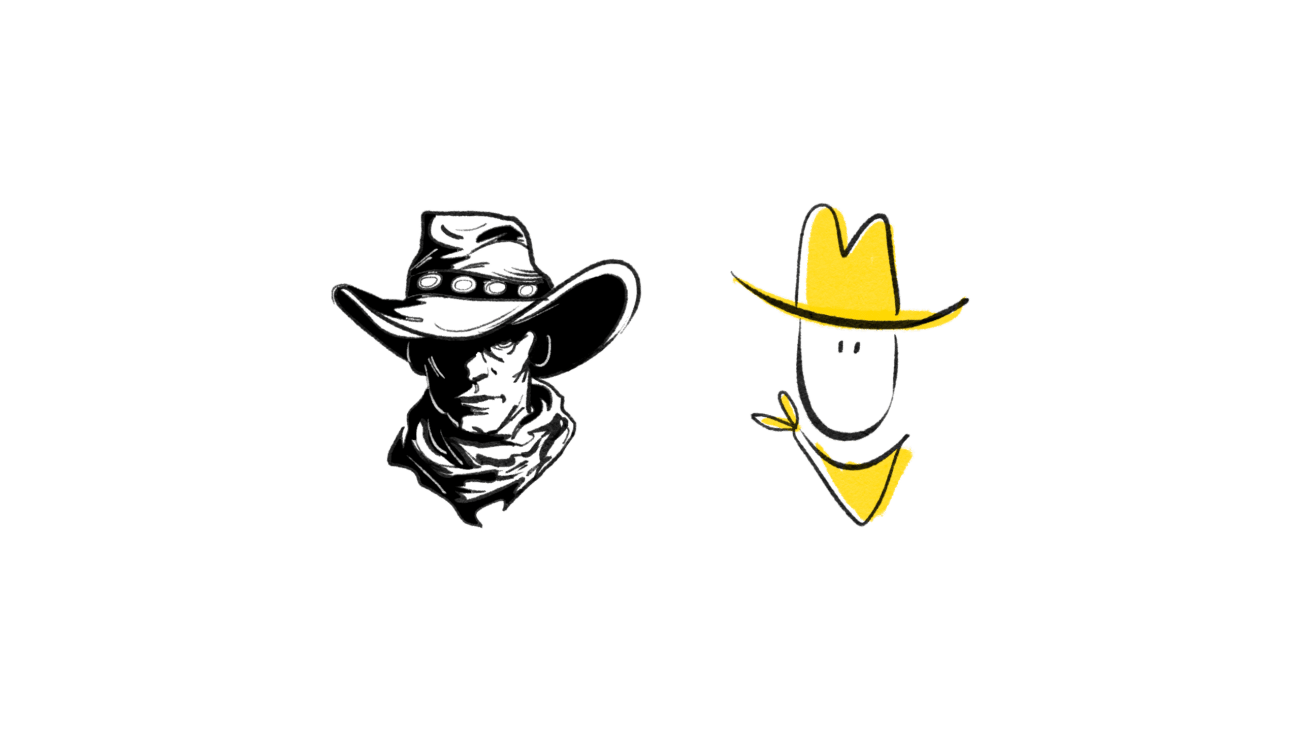
Don’t be afraid to combine your sketches with words, it helps structure your thoughts and gives context to the message you’re trying to deliver.
Take it to the next level
Drawing a simple image is pretty straightforward. Combining it with others to express a concept requires skill. Not drawing skills per se. But synthesis and visualisation skills.
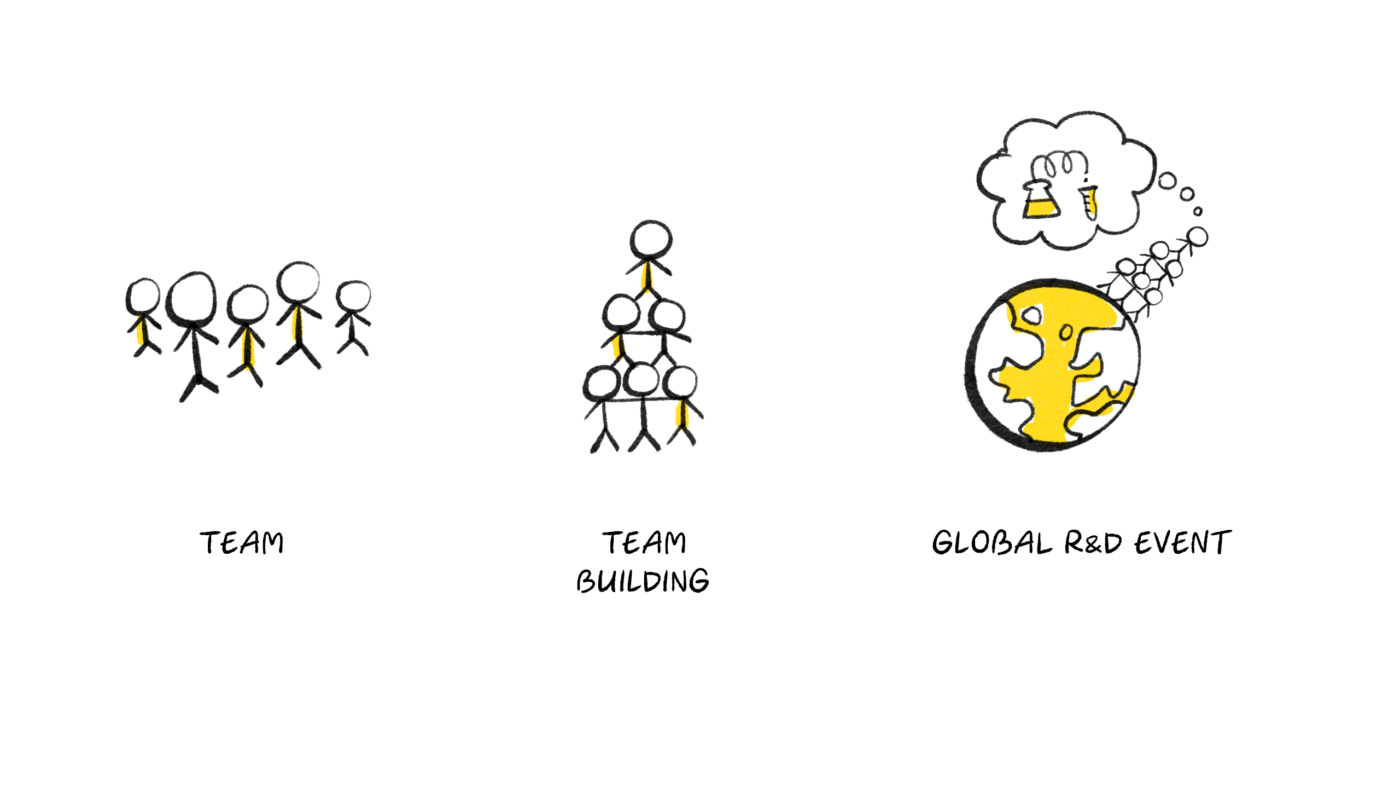
To structure your illustration, don’t hesitate to use arrows and colours.
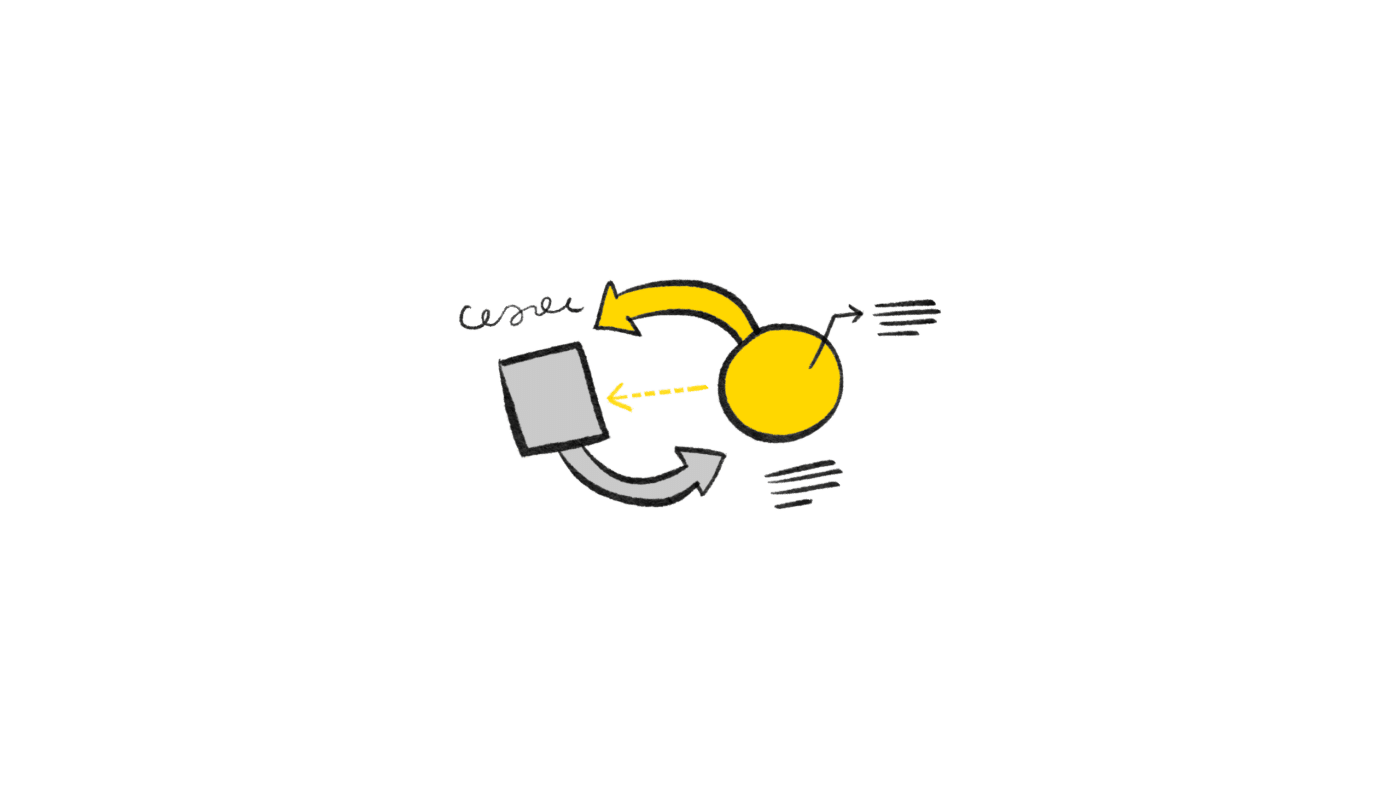
Alongside what it obviously represents, a pictogram can have different meanings. To make sure your audience understands what you want to say, don’t hesitate to provide some context.
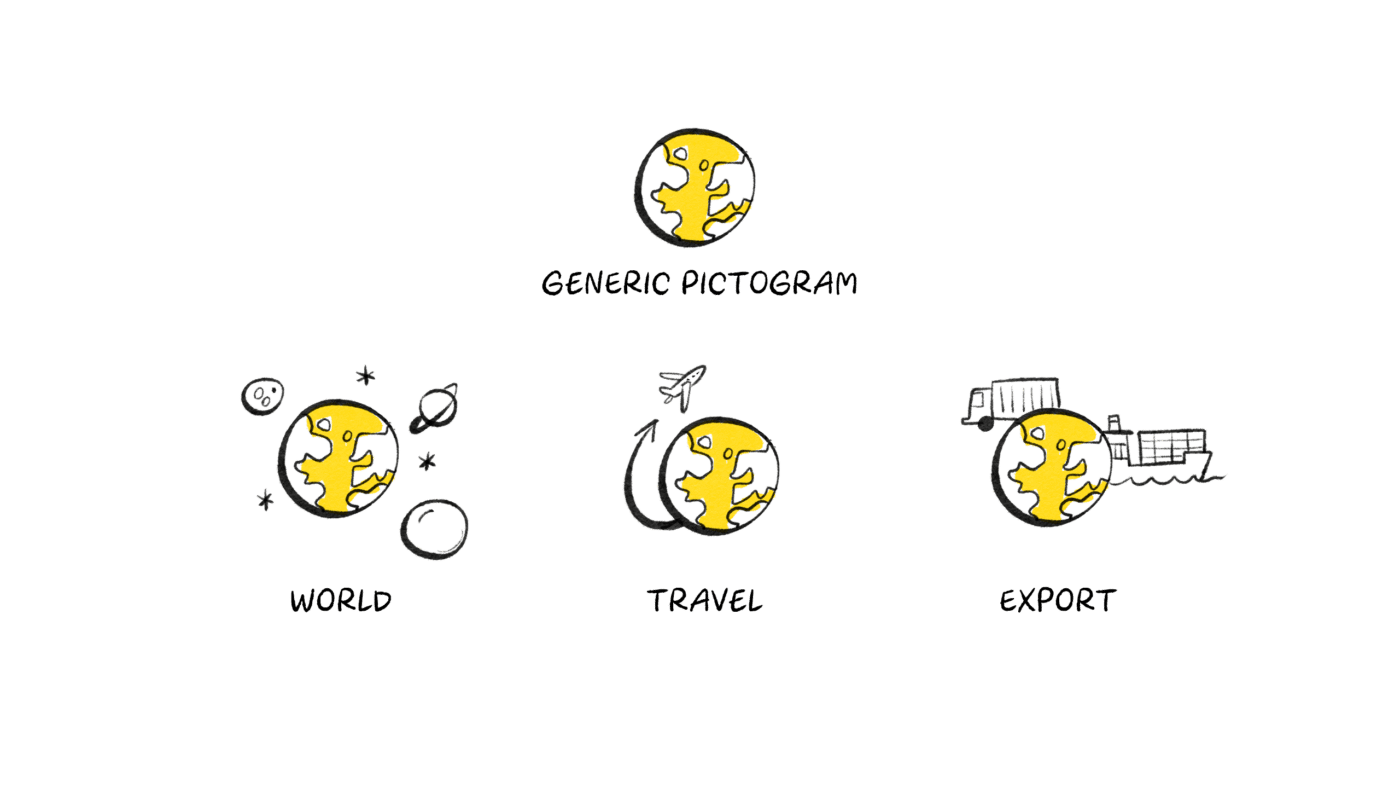
Tell a story
If you want to transform one or several lists of pictograms into a single illustration, you will have to order the elements you have in a story.
A story is a narrative about something (main character) that is told to someone (audience) in order to achieve something (goal). Make sure you know what you are going to say, to whom and what for before getting started.
In terms of structure, a story is a succession of events that has a beginning, a twist, a series of upheavals, and an end. Arrange the elements of your story in this sequence to create a solid narrative.
To make your story attractive, choose a metaphor that will link all your visuals together. The Lion King, Apollo 13, life on earth. All of them can explain the story of your project/product/company – though quite differently…
Don’t forget to simplify your message where you can. Accept that you can’t draw everything, that you have to leave out certain parts for your audience to complete. This technique, called ellipsis, will allow your audience to get just the gist of what you are trying to convey.

Resources
The pictogram bank
Now that you’ve learned the basics of illustration, here are a few pictograms to get you started. Try to copy them. And once you’ve mastered reproducing them, feel free to twist them, combine them and modify them to their liking. Most importantly, feel free to create your own.
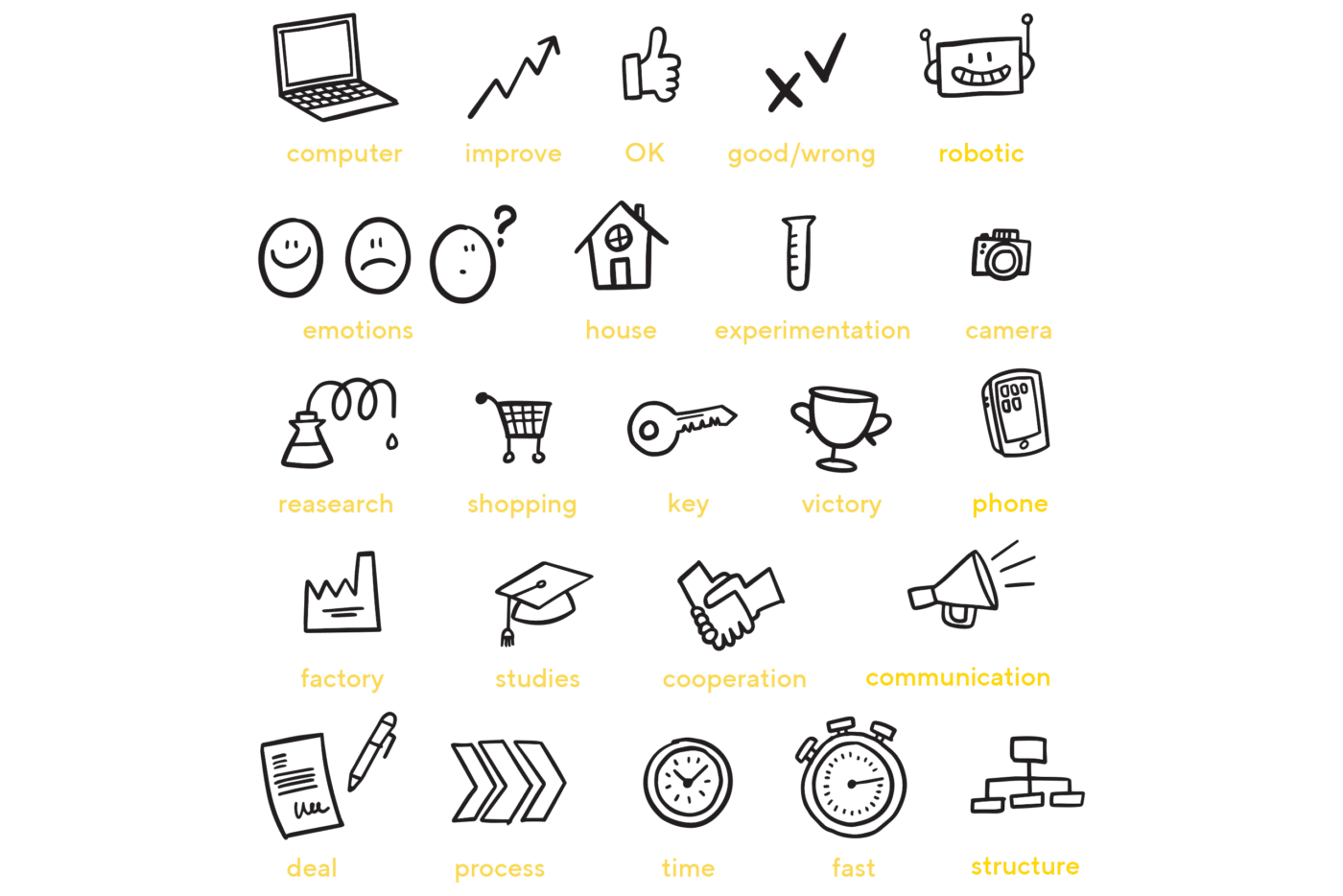
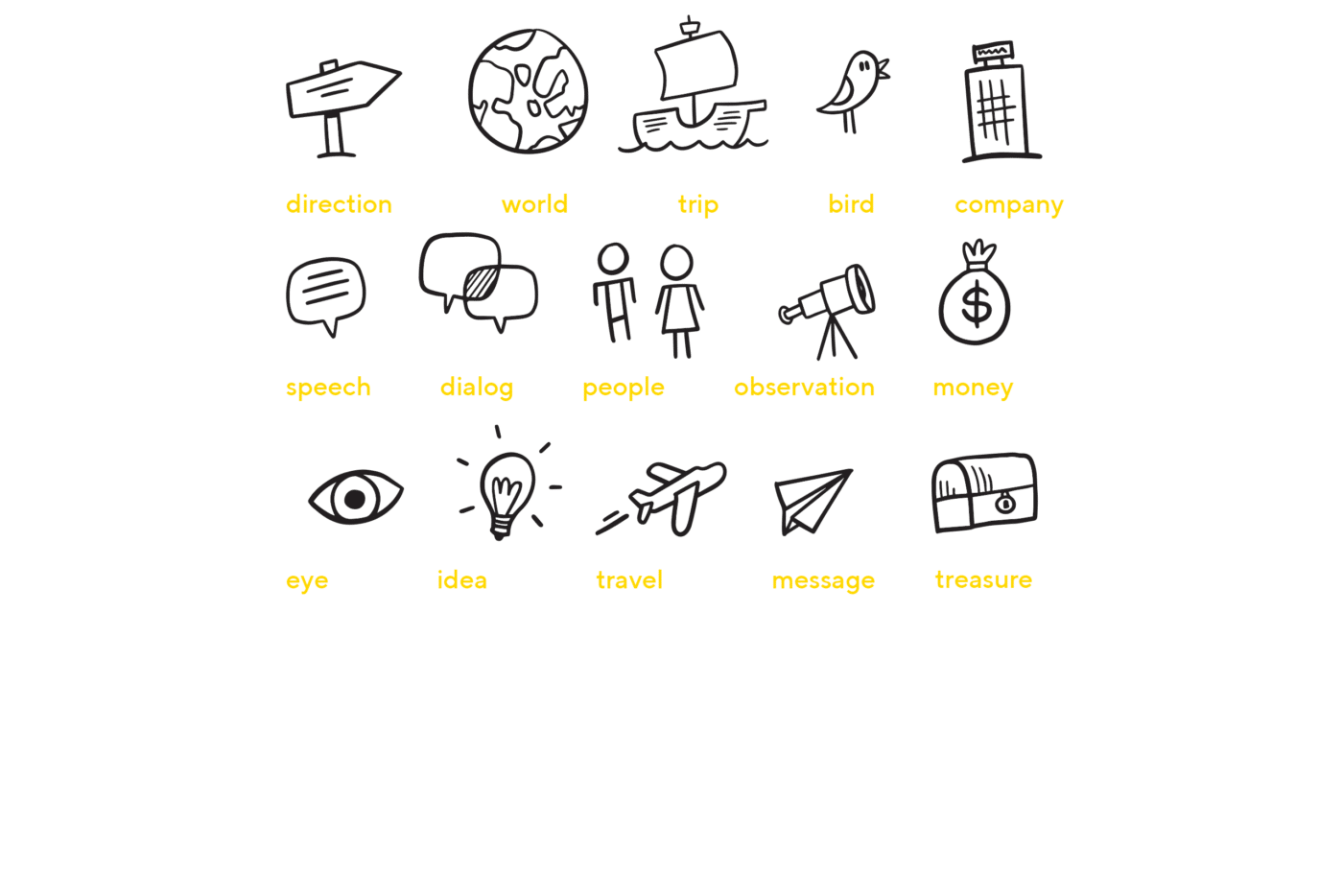
Two to tango
Are we saying that we should rely on visuals alone to communicate? No. Contrary to what the proverb says, a picture is not always worth a thousand words. It takes two to tango, and to communicate ideas effectively. If only because pictures and words speak to different parts of our brain.
The right brain, more visual and intuitive, is known for its ability to synthesise, whereas the left brain, more verbal, is renowned for its capacity to analyse. The two hemispheres are complementary and equally important. When they work together, the expressiveness of images resonates with the sequentiality of words. They work a kind of magic.
And that’s exactly what we encourage you to do. Magic, with words and drawings.
Like most people in your situation, you’ve trained your left brain a lot. Now is the time to explore what the right hemisphere can add to the game. Start training your synthetic abilities through drawing and let the magic happen.
And if you get stuck, we’ll be delighted to put our brains to work with yours.
After all, it takes two to tango.
